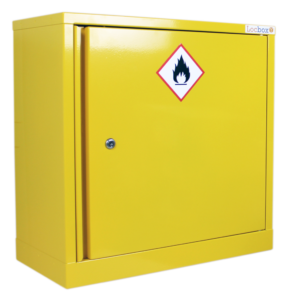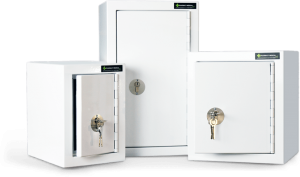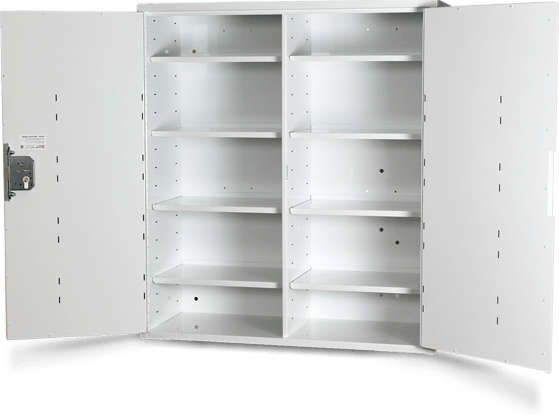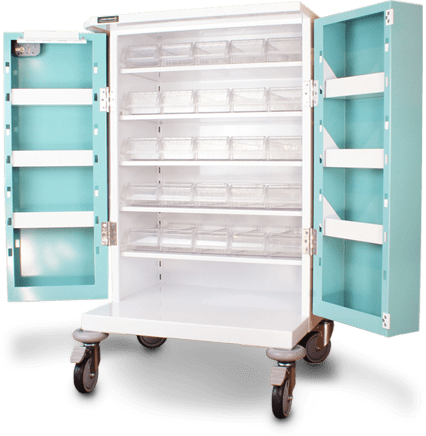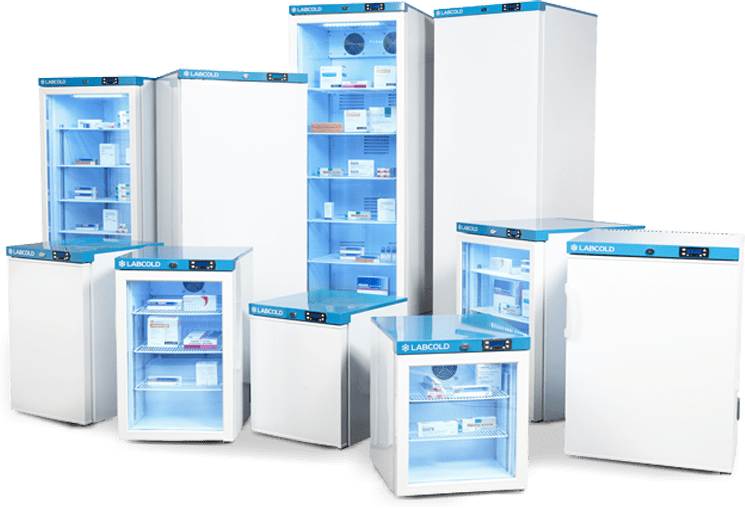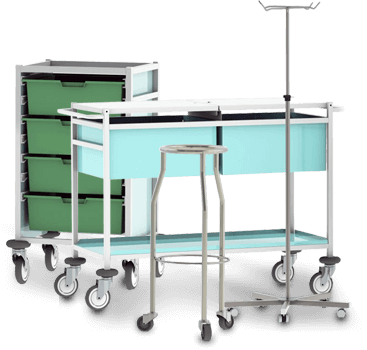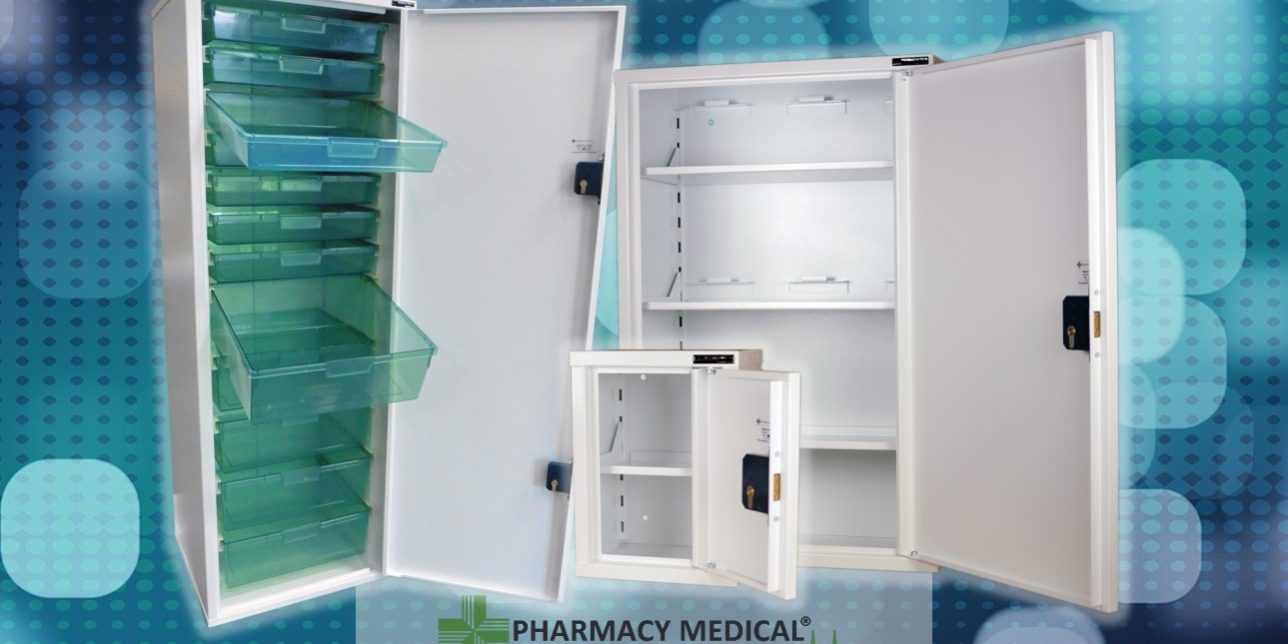Medicine Cabinets
Medicine Cabinet Overview from Pharmacy Medical
Medicine cabinets are used in clinical environments for the storage of medicines, they are not suitable for the storage of controlled drugs. Clinical medicine cabinets should not be confused with the many domestic cabinets on sale at Ikea etc. which are only for domestic use and may not comply.
A medicine cabinet is a cupboard for the storage of drugs in healthcare premised and should be manufactured to British standard 2881:1989.
BS2881:1989 Level 1
British standard 2881:1989 sets the standard to which medicine cabinets should adhere and dictates a level of attack to which they must be able to withstand. The British standard does not set out the construction method or material of which the medicine cabinet should be made but instead what it should be able to withstand.
There are three levels of security for a medicine cabinet that are included in British standard 1881:1989. These are level 1, level 2, and level 3, each are classed based on their resistance to forcible entry. In this blog we will discuss level 1 (the lower level) only as it is the most popular and most widely used of medicine cabinets.
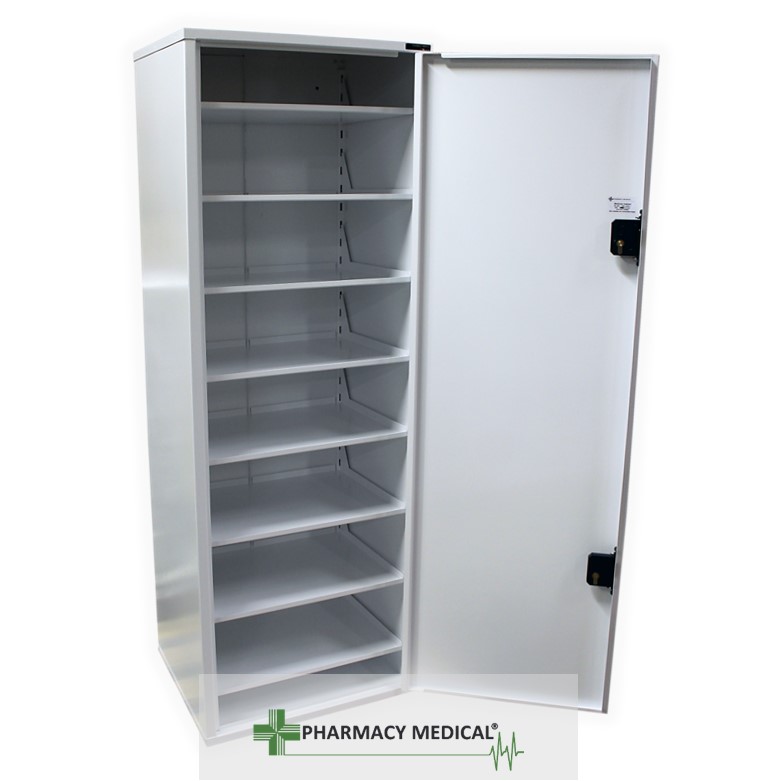
Medicine Cabinet Construction
A medicine cabinet can in theory be manufactured from many types of material so long as it meets the required attack criteria. For example, a level 1 medicine cabinet must be able to withstand ignition from a butane filled smokers lighter such that there is no melting sufficient to form a hole. A level 1 medicine cabinet must also be capable of withstanding an attack from a table knife of up to five minutes so as not to gain entry or remove it from the mounting. There is also a minimum amount of force the medicine cabinet must be capable of withstanding before it can be removed from its mounting position. This amount of force is measured at 980 Newtons of downward force and 590 Newtons of horizontal force (i.e. pulling from the wall).
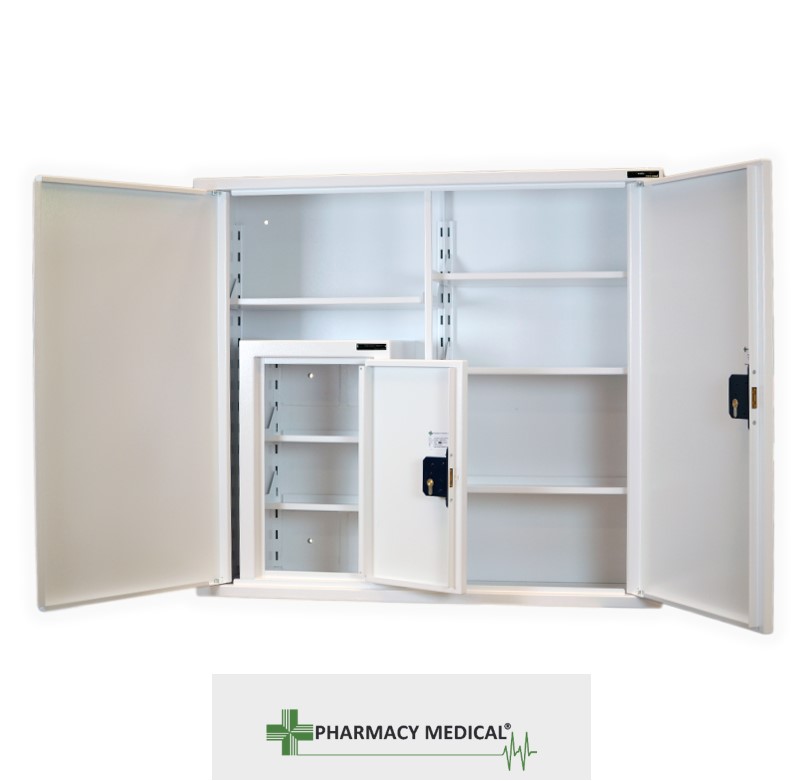
Other requirements of a medicine cabinet made necessary by British standard 2881:1989 are that the lock be of a certain size and strength and that the key cannot be removed unless in the locked position. This is to prevent the door from being closed and not locked but looking so. The door should, on the inside have a label indicating specific information about the cabinet. Who made it, what standard and level it adheres to and whether it is designed to be wall or floor mounted, there should also be nothing on the outside indicating what is within.
Each medicine cabinet should also be accompanied by a document giving as a minimum, instructions and recommendations for fixing and the type of fixings recommended.
Further information regarding Medicine cabinets and advice on their fixing can be found on our website where you can also purchase from a wide range of stock sizes.



